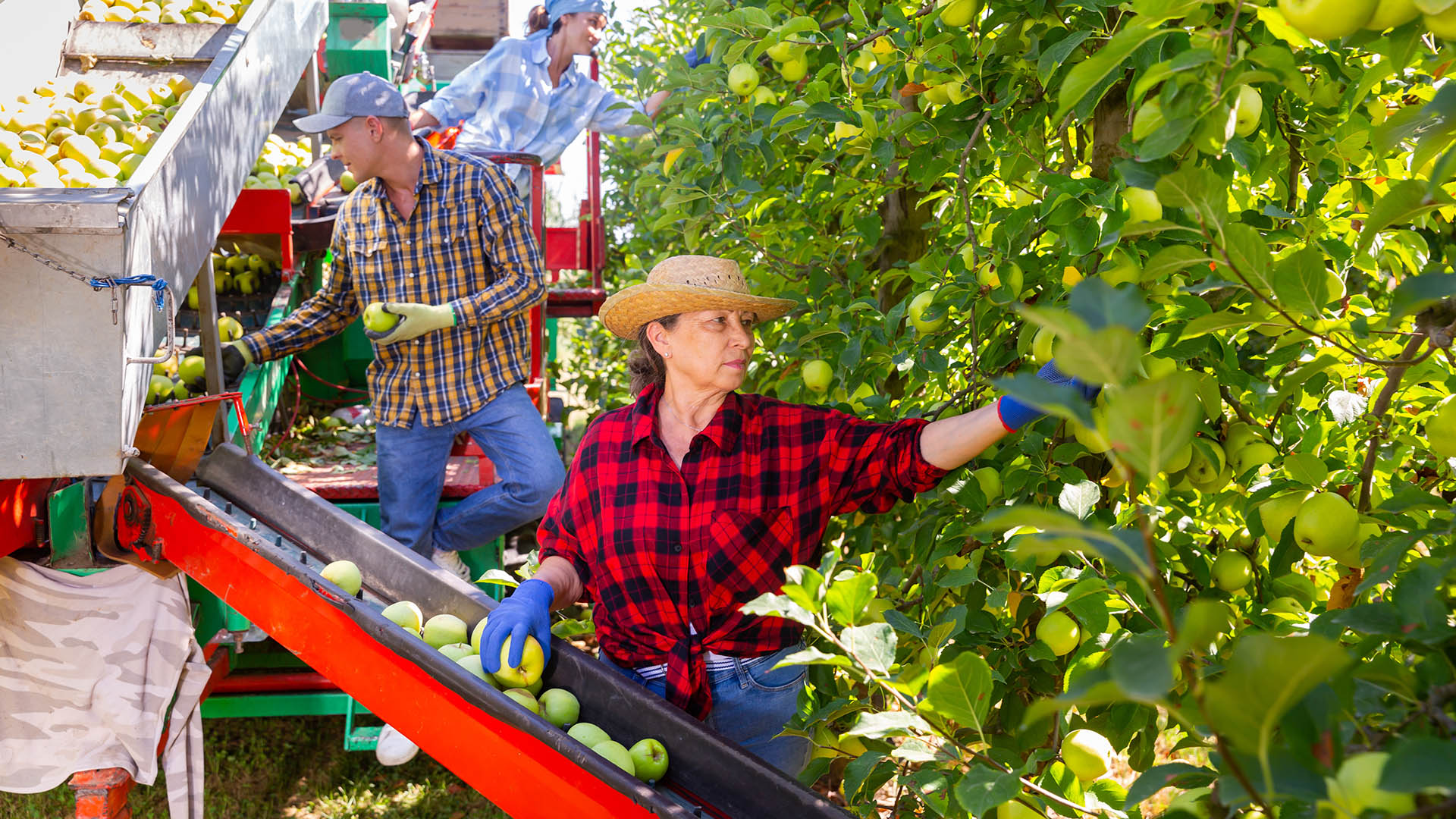The August labour force report, released on Thursday, confirmed robust job market growth, with 410,000 jobs created in the past year, including 65,000 in the most recent month, maintaining a steady jobless rate of 3.7%.
Despite occasional data hiccups this year, there has been a consistent and substantial expansion in new job creation, often perplexing economists and analysts. The extent of this expansion, though not limitless, has now been clarified by the latest population figures from the Australian Bureau of Statistics, coinciding with the August labour force report.
These population statistics reveal a significant surge in migration since the lifting of Covid restrictions in early to mid-2022. Over the 12 months ending in March of this year, the ABS reported a net population growth of 563,200, bringing the total population to 26.5 million. This represents an annual growth rate of approximately 2.2%, the highest since 2009 when many Australians returned due to the global financial crisis.
The rising levels of migration not only contribute to the growing demand for labour but also have far-reaching implications for housing, rents, retail sales, car sales, and spending on food, both at major retailers like Woolies and Coles and on dining out, coffee takeaways, and more. This population growth is expected to further drive economic growth, possibly influencing the faster-than-forecasted 2.1% growth in the year to June, with potential continued impact into the September quarter.
Remarkably, this population surge has occurred despite a record number of deaths, partly due to Covid, and a declining number of births, with a natural increase of only 109,000 people. Births decreased by 3.4%, totaling 301,200, in the year to March 2022, while deaths increased by 7.9% to a record of 192,300 for the year. In the March quarter alone, nearly 45,500 Australians passed away, a 16% increase compared to the same quarter in 2022.
The ABS attributes this rapid growth to net overseas migration, which accounted for 81% of total population growth, particularly accelerating in the first quarter of this year, resulting in an additional 181,626 residents.
Victoria, Western Australia, and Queensland experienced substantial population increases in the 12 months leading up to March this year.














